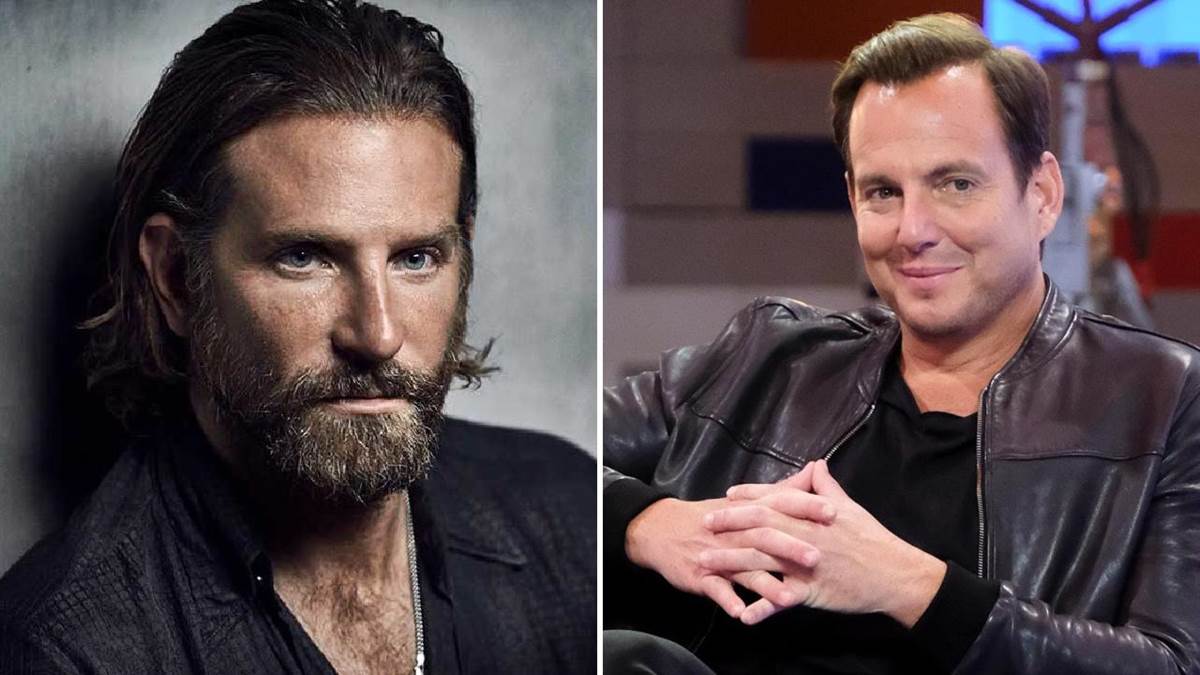Shein's London IPO: A Victim Of US Trade Tensions

Table of Contents
Escalating US-China Trade Relations and Their Impact on Shein
The ongoing trade war between the US and China casts a long shadow over Shein's operations. The core of Shein's business model – producing vast quantities of inexpensive clothing at incredible speed – relies heavily on its extensive supply chain based primarily in China. This makes it particularly vulnerable to the tariffs and trade restrictions imposed by the US. Specific measures, such as tariffs on textiles and clothing, significantly increase Shein's production costs.
- Increased production costs due to tariffs: These tariffs directly translate to higher prices for Shein, potentially eroding its competitive advantage of ultra-low prices.
- Supply chain disruptions affecting delivery times and inventory: Navigating the complexities of US trade restrictions creates logistical hurdles, leading to delays and impacting inventory management.
- Potential for reduced profitability and investor concerns: The combination of higher costs and potential supply chain issues translates to reduced profitability, a major concern for potential investors considering Shein's London IPO. This uncertainty makes a successful IPO much harder to achieve.
Shein's Business Model and Vulnerability to Trade Wars
Shein's fast-fashion business model is built on speed, efficiency, and low costs. This model relies heavily on a vast network of Chinese suppliers, providing the manufacturing capacity needed to churn out thousands of new styles weekly. However, this dependence on a single manufacturing hub presents significant risks in the context of geopolitical instability and trade disputes.
- Dependence on Chinese suppliers: This concentration of manufacturing creates a single point of failure, making Shein exceptionally susceptible to disruptions originating in China.
- Potential difficulties in diversifying its manufacturing base: Shifting production to other countries would require substantial investment, time, and logistical restructuring, significantly impacting its lean operations.
- Increased scrutiny regarding labor practices and environmental sustainability: The fast-fashion industry faces growing criticism concerning its environmental impact and labor practices. This scrutiny intensifies as Shein's scale expands, adding another layer of complexity to its IPO prospects.
Alternative IPO Locations and Strategic Options for Shein
Given the challenges posed by US trade tensions, Shein might consider alternative IPO locations. Hong Kong and Singapore, with their robust financial markets and relatively stable geopolitical environments, could be viable options. However, each location presents its own set of advantages and disadvantages.
- Advantages and disadvantages of alternative IPO locations: While Hong Kong offers proximity to Shein's existing supply chain, Singapore provides access to a different investor base and a stable regulatory environment. However, each option has its own regulatory complexities and market nuances.
- The feasibility and costs of supply chain diversification: Reshoring or nearshoring production—moving manufacturing closer to key markets—would be a significant undertaking, demanding substantial investment and potentially sacrificing some of Shein's speed and efficiency.
- Potential political and regulatory hurdles in different jurisdictions: Navigating different regulatory environments and political landscapes in alternative locations adds further complexity to Shein’s already challenging situation.
Investor Sentiment and the Future of Shein's IPO
US trade tensions have undoubtedly cast a shadow on investor sentiment towards Shein. The uncertainties surrounding its supply chain, profitability, and long-term growth trajectory raise concerns about the viability and valuation of a potential IPO.
- Impact on Shein's stock valuation: The uncertainty surrounding the IPO has likely led to a reduced anticipated valuation compared to initial projections.
- Changes in investor risk appetite: Global economic instability and the ongoing US-China trade disputes have increased investor risk aversion, making investors more cautious about companies with exposure to these geopolitical risks.
- Predictions for the timing and success of a future IPO: The timing of a potential Shein IPO remains uncertain. The company needs to address the challenges stemming from US trade tensions before investor confidence is restored.
Conclusion: Shein's London IPO and the Uncertain Future of Global Trade
Shein's stalled London IPO serves as a stark reminder of the significant impact US trade tensions can have on even the most successful global businesses. The company faces considerable challenges in navigating the complexities of global trade, particularly its heavy reliance on a Chinese-centric supply chain. The long-term implications for Shein and other companies with similar global supply chain structures remain uncertain. To stay abreast of this evolving situation and its effect on Shein’s future, further research into "Shein's London IPO" and its future prospects is highly recommended. The success of Shein's eventual IPO, wherever it may be, will heavily depend on its ability to effectively mitigate these risks.

Featured Posts
-
 Bradley Cooper And Will Arnett Behind The Scenes Nyc Filming Of Is This Thing On
May 05, 2025
Bradley Cooper And Will Arnett Behind The Scenes Nyc Filming Of Is This Thing On
May 05, 2025 -
 Aritzia Adjusts To Trump Tariffs Without Raising Prices
May 05, 2025
Aritzia Adjusts To Trump Tariffs Without Raising Prices
May 05, 2025 -
 Le Premier Ministre Francais Absence De Consultation Publique Sur Les Decisions Cles De Defense
May 05, 2025
Le Premier Ministre Francais Absence De Consultation Publique Sur Les Decisions Cles De Defense
May 05, 2025 -
 Seven Fatalities Reported In Yellowstone Area Vehicle Collision
May 05, 2025
Seven Fatalities Reported In Yellowstone Area Vehicle Collision
May 05, 2025 -
 Your Guide To The Ufc May 2025 Fight Card Ufc 315 And More
May 05, 2025
Your Guide To The Ufc May 2025 Fight Card Ufc 315 And More
May 05, 2025
